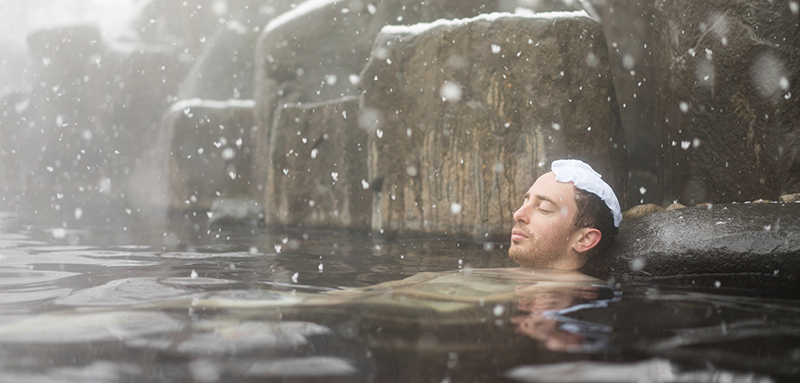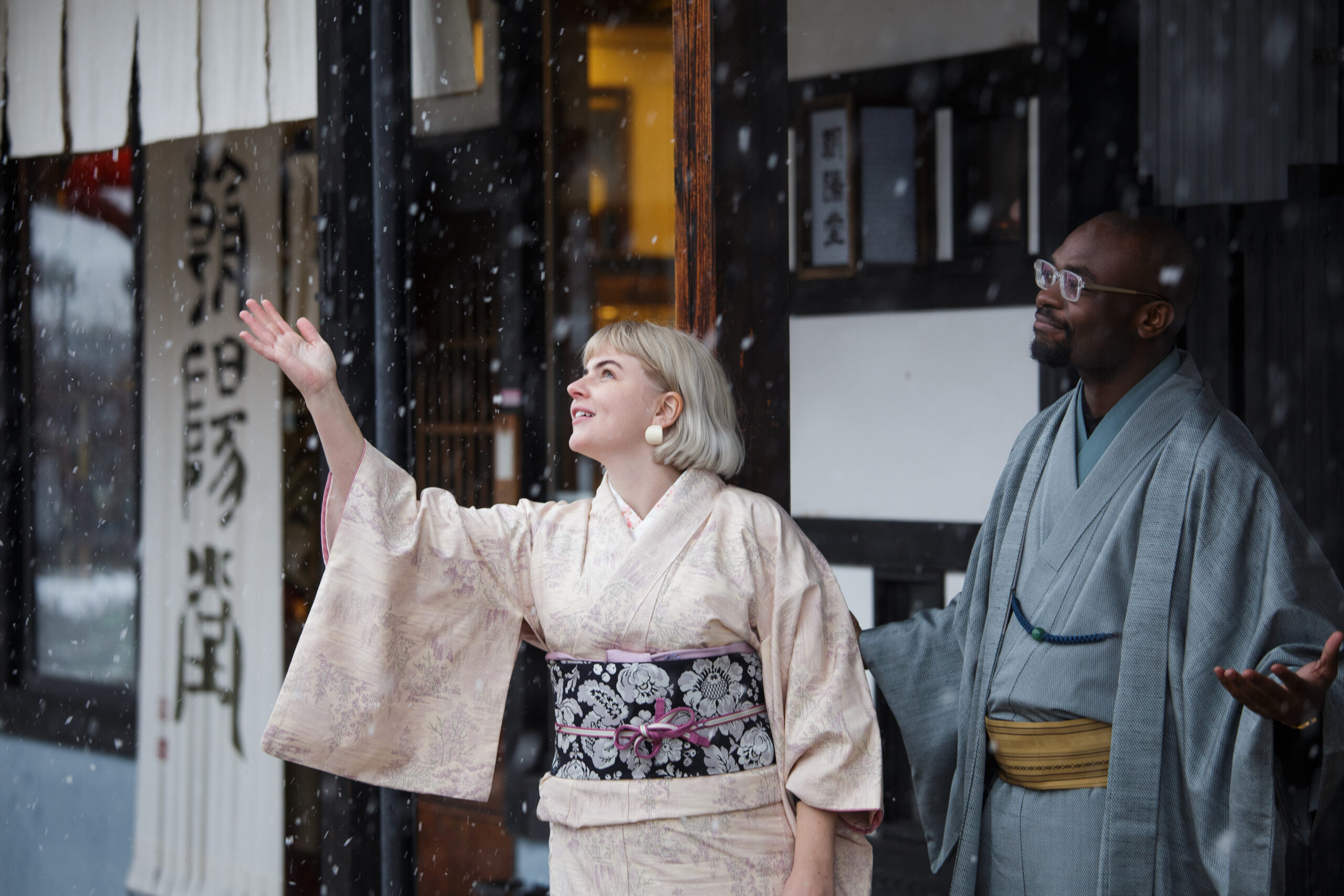By Tsunan Town Board of Education
Masakazu Sato(佐藤雅一)
The “Snow” giving life to this white world
In the blue sea, salt water evaporates and creates clouds. Hoping that no rain will fall and ruin the picnic which the children have been looking forward to so much, we make a “teruteru bozu” (a doll made of white paper or cloth. According to a Japanese custom, people believe that if you hang this doll at the eaves, it will bring good weather for the next day) as a good luck charm and hang it up at the edge of the window. However, the charm does not work, and a cold drizzle keeps falling from the gray low-hanging clouds. When tasting the rain, it is not salty at all but tasteless and odorless. Maybe we should take this as a strange joke the gods play on us.
The rain, made of water, changes into sleet, hail and finally snow when it is cold, and casts a white blanket over the surrounding landscape. This is where this white world comes to life. The white, soft snow is emotionally welcome, but as time passes the snow piles up and creates deep and heavy layers of snow. For observing these layers of snow, the time just before the snow starts to thaw in March is best. There is snow which is tightly packed, snow which is more untidy, snow which is mixed with hail and graupel; these different kinds of snow are connected to the temperature at the time the snow falls. 1 cubic metre of tightly packed snow weighs about 400kg, and if it becomes hard as ice a car frame can become bent if a car collides with it. In addition, when the snow melts, it moves quietly and shifts heavy and big things and sometimes breaks them. Although water turning into snow is a natural phenomenon, it seems like the work of gods.
The snow piles up on the roofs of houses. Near the coast, where there is little snowfall, disposing of snow is called “yukikaki” (snow raking). In areas where there is a little more snow, it is called “yukioroshi” (removing snow from the roof of a house). However, in areas of heavy snowfall with more than 3m of snowfall, it is called “yukihori” (snow digging) because you have to dig your house out of the snow. The difference in snowfall is why different words like “yukikaki”, “yukioroshi”, and “yukihori” are used. It is worth noting that this kind of heavy snowfall does not just occur everywhere. In Japan, the area with the most snowfall is YUKIGUNI which is located around the 37th North parallel. Looking at a world map will reveal that major cities like Athens, Seoul and San Francisco are located around the same parallel. However, only in the Uonuma area can you find a white snow world with 3m of snowfall.
The warm Tsushima currents create large amounts of steam when they enter the sea of Japan, and this steam is transported to Japan by seasonal winds from the continent. Once these large amounts of steam hit the mountains, streams and mountain ranges of the Japanese archipelago, they rise and form snow-laden clouds. The area with the world’s most snowfall is where this snow falls to the earth; YUKIGUNI(*1). It is said that the Tsushima current started flowing towards the Japanese archipelago around 8,000 years ago, and that this is what created this area of large snowfalls. That means that before this, winters were cold and dry and there was no area with large snowfalls.
One of the effects of the relationship between snow and temperature is that snow produces beautiful crystals. There are people who observed and made sketches of the beauty of these crystals two hundred years ago, at the end of the Edo period (*2). Moreover, the pretty shape of the snow crystals was used in designs applied to old kimonos. In addition, there was a time when people thought that snow rollers, which are a naturally occurring phenomenon, were the work of demons.
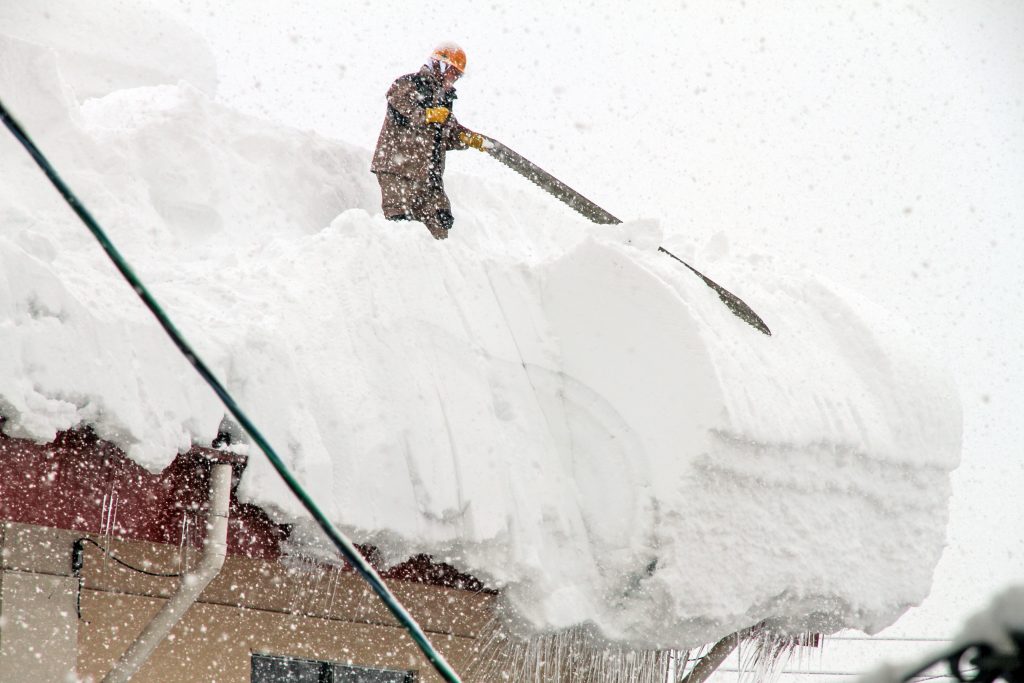
The large amounts of snowfall in YUKIGUNI
Generally, snow falls in a wide area from the coast of the Sea of Japan up to the Tohoku region and Hokkaido. However, the snow which falls in areas of tremendous snowfall (called “gosetsu” in Japanese), is a damp and heavy snow.
Echigo-Yuzawa, which was famously described by Yasunari Kawabata (3) in the passage “when we passed the tunnel we were in YUKIGUNI (Snow Country)”, represents this area of heavy snowfall. In addition, it is because of this heavy damp snow that during Japan’s number one snow festival in Tokamachi wonderful snow sculptures can be created.
The snow which falls around the 42nd parallel in the Tohoku region is dry and light, which is why it is difficult for this snow to be hardened. Bokushi Suzuki, who lived during the Edo period, described a ceremonial mound made of snow for the ceremonial driving off of birds which takes place during the New Year in his work “Hokuetsu Seppu” (4). It is because there is damp snow that it is possible to build such a high ceremonial mound. These are the roots of the Tokamachi snow festival. To put it harshly, the snow festival of Hokkaido should be called “ice festival” instead because water is added to solidify the snow.
The snow which falls around the 37th North parallel is a warm, damp kind of snow. This thick snow covers edible wild plants and carrots under its weight. As both edible wild plants and carrots have a high sugar content, they become sweeter while any bitterness decreases. This applies to the “snow-covered carrots” and the edible wild plants of Uonuma.
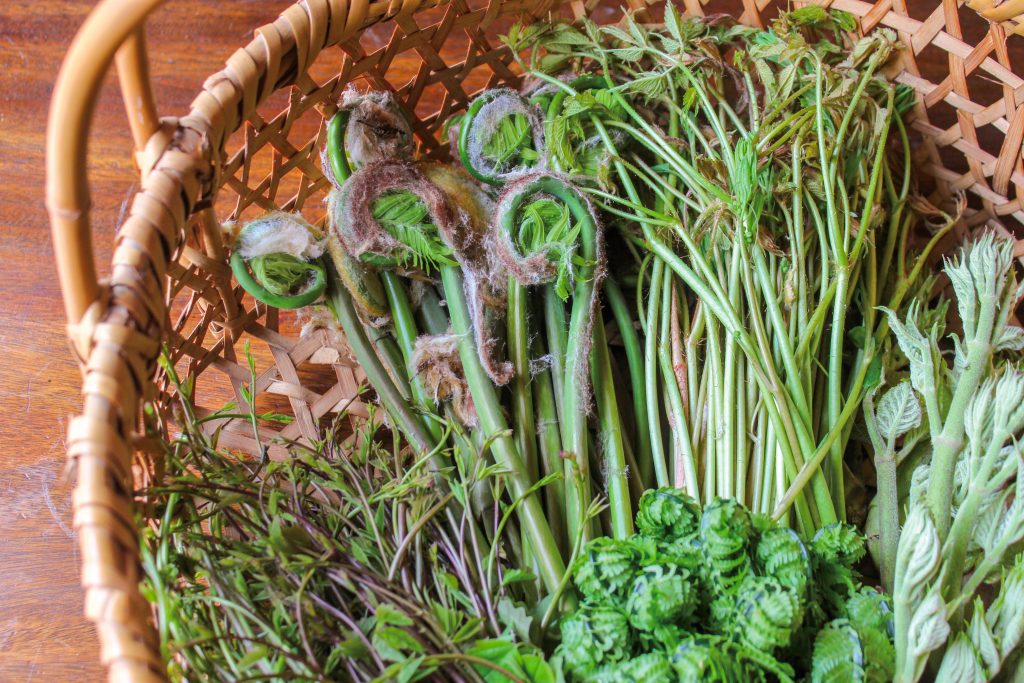
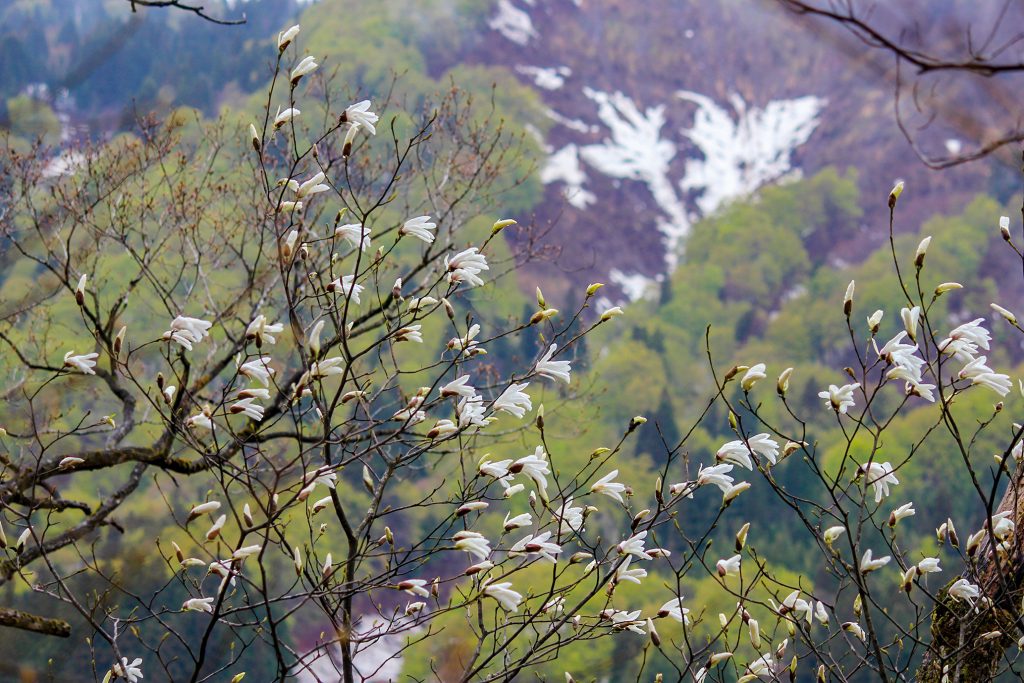
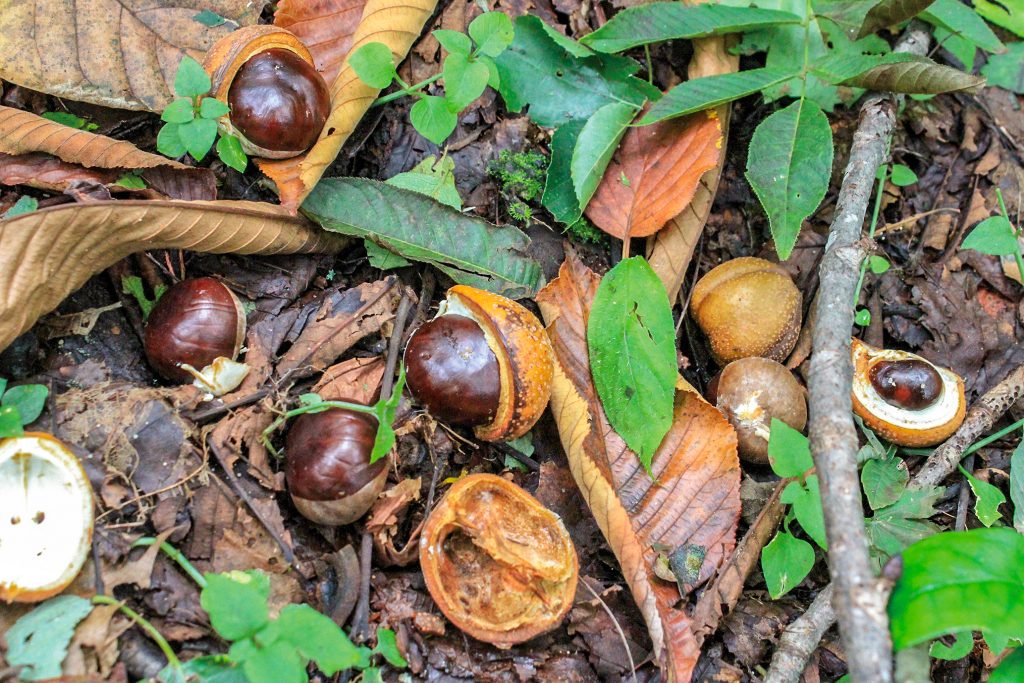
The attraction of YUKIGUNI culture
YUKIGUNI is a region which is covered in pure white snow for 100 days out of the year. This means that nature can be far harsher than is imaginable for people living in warmer regions. However, sometimes, when encountering the spectacle of ghostly snowflakes descending dancing from the blue skies like diamond dust, one cannot help but sigh in admiration.
On the other hand, there are also times when snow continues to fall day after day and buries everything under it, and houses are buried up to their roofs. This is the true character of the YUKIGUNI. The pillars of the house start to creak under the weight of the snow, which tells us just how heavy the snow is. At such times, the whole family together starts to “dig the snow” to dig the house out from under the snow at once.
This is why one can say that the anxious waiting for spring is a feeling shared by all people of the YUKIGUNI. People imagine landscapes visited by spring, and in the olden days gathered around a sunken fireplace, and while engaging in handiwork such as straw crafts, told the children of the house folk tales. Winter was quiet and time moved slowly.
People who come from warmer regions ask “will this snow really melt?” when they see the snow which has piled up during the coldest period in February. However, despite piling up higher than shoulder-height, the snow will definitely disappear in April. In the Uonuma of the Edo period, people used the expression “horse path”. It seems that because horses did not like the farm roads when they were wet, but would walk on the dried farm roads in early spring, the period of early spring was referred to as “becoming a horse path”. Nowadays, people will probably still understand “horse path” to refer to the consecutive national holidays in May.
During this time, when taking a walk in the countryside, it is common to see straw mats spread out in front of house entrances, and old women who carefully dry and soften edible wild plants. This is the “drying of the royal fern” (“zenmaiboshi” in Japanese). When going from the village into the deep mountains, edible wild plants will show their sprouts first on slopes where there has been an avalanche. It is possible to easily walk on top of the remaining snow cover to places deep in the mountains which are difficult to reach in summer. It is here that thick and large specimens of royal fern grow. On top of the straw mats used for drying the royal fern, fern in different stages of the drying process lie next to each other. Green royal fern eventually shrivels into a wrinkly and dark reddish brown and turns into dried light royal fern. If you think about it, this is a dried preserved food, which means that the drying of the royal fern, which is carried out as soon as possible after the snow melts, is already the beginning of preparations for next year’s winter.
When the snow in the deep mountains starts to disappear, there is a local custom of interpreting the “snow shapes” made by the snow with remains on the slopes of the high mountains as an agricultural forecast.
The willows on the river banks sprout, and the white flowers of Anise magnolia bloom in the peaks. Spring is in full bloom. After a while, wild cherry blossoms bloom, and in the village you can hear the warblers practicing their love songs. 30 years ago, you were able to observe “Harukkiyama”, a process by which villagers carry the large trees broken in avalanches with a sled, while singing a song, from the mountains to the village. They would distribute the trees evenly and by means of a lottery. In early spring, the sound of logs colliding with each other on the snow resonated in the valley.
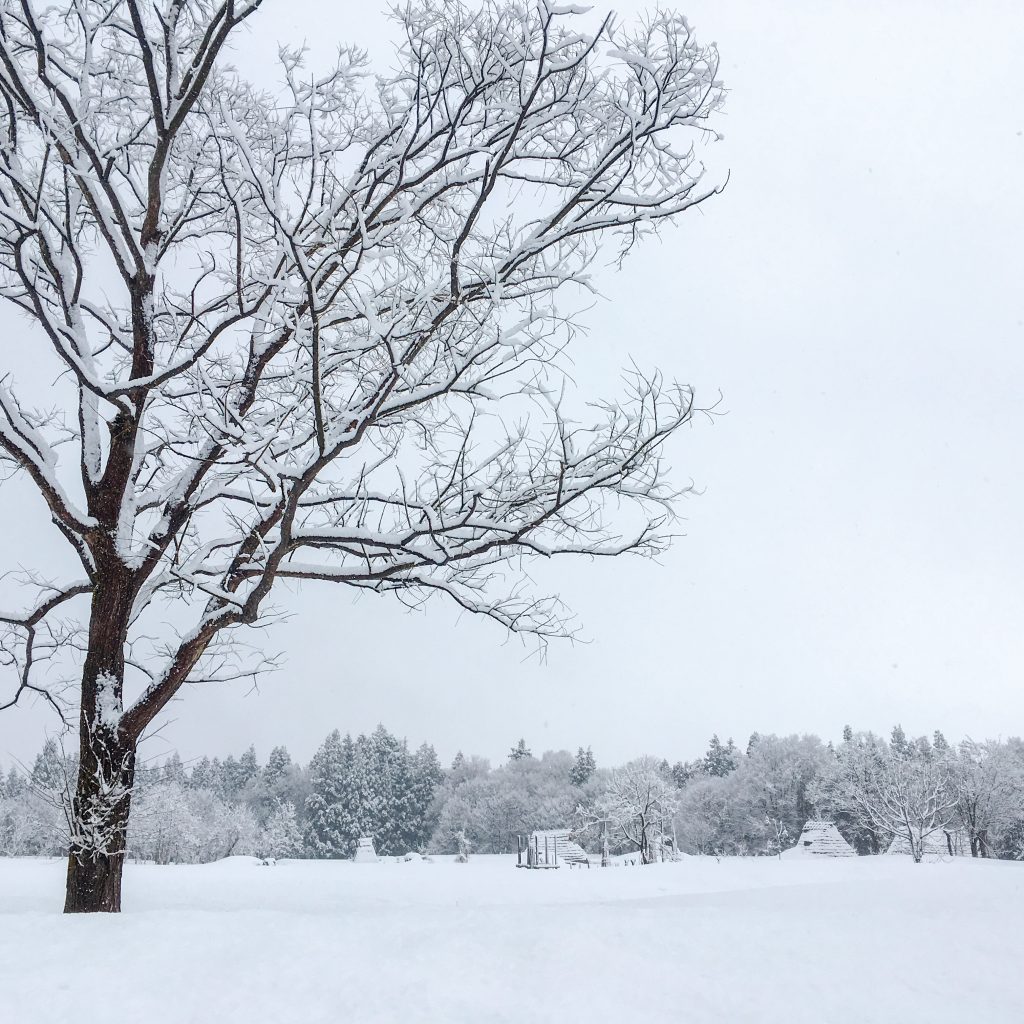
In the village, people start “takaki” (preparing a rice field for planting by flooding it and breaking up the soil) and are busy preparing the rice nursery. Thawing water begins to spring abundantly and flows into the irrigation canal like a mesh. Rice planting begins in the morning of mid late autumn weather. You can no longer see farmers rolling metal frames in the rice fields and carefully planting rice sprouts at the intersections of the frame. While people now use modern machines to plant rice sprouts, rice planting is still an early spring feature in YUKIGUNI.
When the rice planting finished, the preparation of field cultivation and charcoal grilling would begin. This was a typical scene of the Uonuma region in the early Showa era. In the village, there were many occasions where people from the field, sometimes with their husbands and wives, were riding the cultivator.
In the rice fields spreading out in the village, you feel early summer when you hear frogs sing and see irises at the pond bloom and fireflies dance. In the garden, plums are dried in a shallow bamboo colander; preparations for making dried plums have begun. There was a custom of taking an “iris bath” where you put iris stalk stems inside a bag made from a washcloth and and put it in the bathtub.
The hot summer is full of the cheerful voices of children. Beetles in the forest, swordfish in the river, homework is a picture diary, and in house gardens, a cloth with Japanese glue was dried on a board. From the end of July to the beginning of August, the height of summer is the best time for harvesting ramie, which is the raw material used for Echigo-Jofu cloth, and its “okaki” (extraction of ramie fibers). In late summer, festival music can be heard from various villages.
After the summer festivals, the autumn breeze blows and preparations for rice harvesting begin. This is around the time when winter preparations begin in the mountains. At the end of September, the Japanese horse-chestnuts are shaken by the wind and fall down with a thud. At the time of the mountain opening in autumn, women with baskets on their hips begin picking up the Japanese horse-chestnuts in the deep mountains. The Japanese horse-chestnut is the nut with the highest amount of calories among the nuts found in the YUKIGUNI’s deciduous broad-leaved forests. It is rich in tannins, so it is impossible to eat without extracting the bitterness out of it. Women in deep mountains know very well how to process Japanese horse-chestnuts, so they can transform these bitter nuts into “powder”. By kneading the powder, paste products are born, which produces a simple food called “Tochi Ambo”.
In the village, the day after windy rain is a good day for collecting Japanese walnuts, at which time the mountain is full of mushrooms. In addition, the yam gives away its whereabouts with its yellow leaves, and the mountain grapes are loaded with fruits. When these deep mountain foods were eaten as staple foods, Bokushi Suzuki walked along the Nakatsugawa Valley in YUKIGUNI’s deep mountains and recorded its customs in “Akiyama Kiko” (*5).
As autumn deepens, salmons swim upstream with their shining silver scales in the Shinano River and Uono River. In the village, radish tsugura is made (*6). When thunder rumbles and you see the first snowfall in the deep mountains, it is the beginning of winter preparations as the saying goes “If that mountain turns white three times, it will snow in the village”. In early November begin the preparation of winter fences for homes and garden trees, the cleaning and management of the water needed to melt snow, and the storage of vegetables for wintering. In the past, the first snow fell on the village by 20 November, and it was “root snow” that would not disappear in December. So in December, it’s time to take a break and relax.
In this way, people in YUKIGUNI have had a planned life centered on the period from the disappearance of snow to wintering. This is “YUKIGUNI Calendar” that lives with nature. If you compare it to the fable “The Ants and the Grasshopper”, then the ants’ life is the life in YUKIGUNI.
In the deep mountains in YUKIGUNI, there is a custom called “New Year on the 3rd”. Instead of celebrating the New Year on 1 January, there is an old custom of worshiping “Kamagami” (7). In addition, a snow statue culture remains for the bird chasing event during the Little New Year (8). People feel the joy in the dawn of early spring in deep snow, and old folk customs such as the “Nude Pushing Festival”, “Husband Throwing Festival”, and “Inside the Snow ** Festival” have survived (*9). It can be said that this is the essence of the attractive YUKIGUNI culture that revolves around the snow.
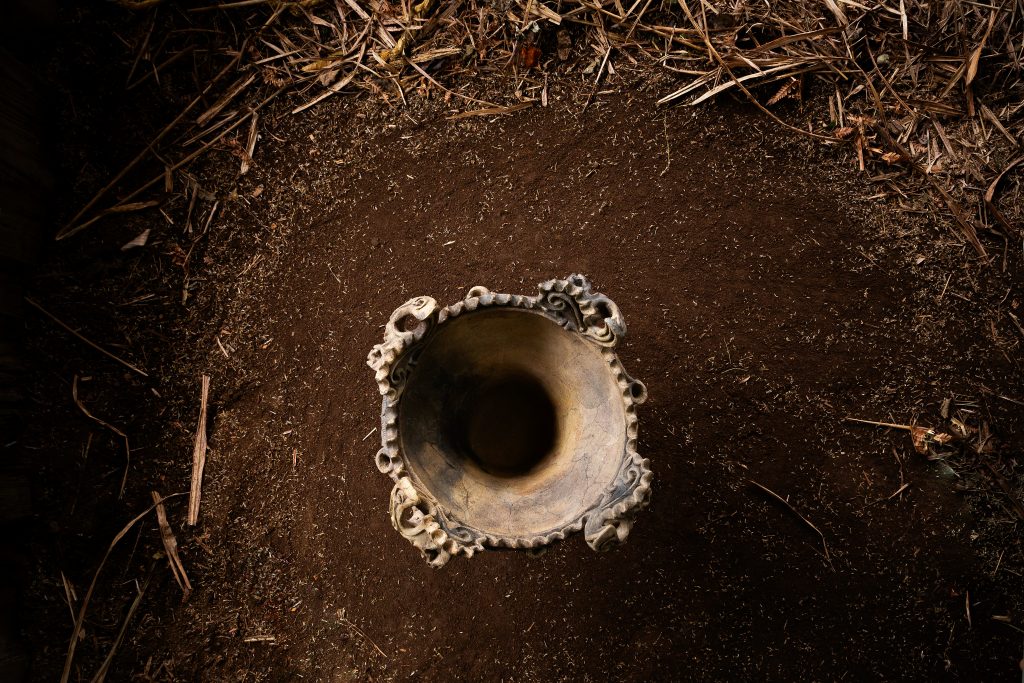
Jomon culture – the foundation of YUKIGUNI culture
The four great civilisations of the world are the cultures of Egypt, Mesopotamia, the Indus and the Yellow River. These cultures developed advanced astronomy and constructed great city states, but because they did not foster coexistence with nature and exploited nature, they did not last for a long time. Even the Yellow River civilisation, which continued the longest, only has a history lasting for 3,000 years.
However, the culture of the Jomon people, as people of the mountains and people of the sea, which did not construct city states, but had a thorough knowledge of the particularities of the region and coexisted with nature, had a long history of more than 10,000 years. This created a culture which coexisted and resonated with nature.
In the world of archaeology, the Jomon culture is divided into six periods in order to facilitate understanding of the changes which occurred during the life of this long-lasting culture: initial stage, very early stage, early stage, middle period, late period and final period. In addition, the content of this culture and cultural exchange between different regions are also objects of study.
What follows is an outline of the middle period, which has come to represent the Jomon culture. Around 5,500 years ago, YUKIGUNI region was the home of “YUKIGUNI Jomon Culture”, no different from today. That is, the Jomon people lived in a world where 3m of snow would accumulate. Minakami Town in Gunma Prefecture created the Jomon culture of the upper Tonegawa River. This culture is different from those of the Echigo-Shinano River Basin and the Uono River. It is worth noting that Sakai Village in Nagano Prefecture is actually part of the cultural area of the Echigo-Shinano River Basin.
We will now introduce the “land of flame” and the culture of the Echigo-Shinano River Basin (tributary: Uono River Basin). The “land of flame” refers to the area inhabited by the Jomon population represented by symbolic flame-shaped earthenware. This land is roughly divided into the Shinano-River Basin centered around Nagaoka-Sanjo and the upper Shinano River Basin centered around the Uonuma area. In addition, the northern Aga area north of the Agano River up to Murakami City is considered to be another part. Moreover, Sado Island and Awa Island are also included in the “land of flame”. The area around Joetsu City and Itoigawa City is the northern part of the “Mount Tenjin land” which borders the land of flame. To put it another way, this area is the domain of the culture of Toyama.
This means that the core of the land of flame is YUKIGUNI, and this is represented by the Sasayama archeological site in Tokamachi City. In the surrounding area, there are the archeological sites of Nokubi and Morikami, and there are the archeological sites of Okinohara, Doudaira, Dojitte in Tsunan Town, Nagase Shinden in Sakae Village, Shoanji and Shimizugami in Uonuma City, Uenodai and Hara in Minamiuonuma City, and Kawakubo in Yuzawa Town. This group of archeological sites forms the federation which was the backbone of YUKIGUNI Jomon culture. The Kawakubo archeological site is located at the entrance to the Kanto road, and the Nagase-Shinden site is located at an important point because it connects with the Chubu plateau.
The land of flame which thus developed around 5,500 years ago was home to a population which coexisted with the forest and created original art. Proof of this civilisation can be found in moulding techniques including designs such as flame-shaped earthenware, and a glimpse of of this can be caught through the craftsmanship based on an elevated spiritual culture behind items such as earthen clay figures, carved stone poles and carved stone plates(*10).
In addition, it is generally understood that the coexistence of flame-shaped earthenware and diadem shaped earthenware had societal significance (binary opposite), and it is assumed that YUKIGUNI Jomon society was underpinned by a spiritual culture. The shape of the “ring formation villages” which are exemplified by the excavation findings of the Okinohara and Morikami archeological sites are proof of this. This refers to a form of settlement where dwellings surround a central square, which also served as a burial ground, in a ring formation. Moreover, the entrance of the dwellings faced the center, and the dwellings radiated out from the centre. This created a “face to face” society, as residents faced each other when they came out of the entrance to their dwellings.
Among the remains of these kinds of Jomon settlements, the Okinohara and Morikami sites are perfectly preserved. They are extraordinarily valuable sites. One is tempted to try and go to sleep at one of these sites and communicate with eternity.
The foundation of present-day YUKIGUNI culture is early modern YUKIGUNI culture, and the base layer of this early modern culture is Jomon culture, which underpins things such as the traditional custom of eating chestnuts, the skill of knitting angin, which is the base of Japanese garments, or the culture of traditional hunting in the Tohoku region including bear hunting. This means that traces of ancient Jomon culture can be observed in YUKIGUNI culture.
This pure white world allows us to draw closer to the ancient Jomon world by burying our present day world in snow. The principle of coexistence and resonance with nature which was cherished by the Jomon people (*11) is an important concept which should be relayed from the present to the future. The basis of YUKIGUNI culture is Jomon culture.
“The character of a place created by overlapping eternal natural history and human activities” is also referred to as “climate”, which is the topophilia put forward by Yi-Fu Tuan. In other words, the land has the personality of “the accumulation of memories of people who were born, raised and perished here” is the climate (*12). The flame-shaped earthenware has an overwhelming presence. One of the missions of YUKIGUNI is to take pride in this land anchored in its climate and to convey this wonderful local character to the people of the world.
- (*1) Aoi, “Nihonkai keisei no hon”
- (*2) The master of Koga Castle in Ibaraki Prefecture, Toshitsura Doi, and Senseki Takami presented snow crystals in “Sekka Zusetsu” in 1832.
- Bokushi Suzuki was aware of Doi’s research and recorded it in “Hokuetsu Seppu”.
- (*3) Yasunari Kawabata, 1937, “Snow Country”, Sogensha
- Yuzawa Town:: Takahan Ryokan, reference room on the second floor
- (*4) Bokushi Suzuki, 1837, “Hokuetsu Seppu”
- (*5) Bokushi Suzuki 1831 ”Akiyama Kiko”
- (*6) Because Straw Tsugura has the function of storing vegetables such as Japanese radish, Chinese cabbage, cabbage, it is called “Daikon (Japanese radish) Tsugura”
- (*7) Shuichi Takizawa 1990 ”Angin and Kamagami” Kokushokankokai
- (*8) Although there was a “sex custom” in the snow sculpture culture that was left in the Uonuma region, it was abolished by the post-war GHQ policy. However, in Uonuma City, ** Region, people make snow statues of male genitals and female genitals facing each other. A part of the male genitals become a low building foundation.
- (*9) Add a date to the festival.
- (*10) List each museum.
- (*11) Tastuo Kobayashi, 1996, “Jomonjin no Sekai” Asahi Shimbunsha
- (*12) Tatsuo Kobayashi 2018 ‘Tsunan toiu tochigara’ in “Tsunangaku” vol 7, Tsunan Town Board of Education

